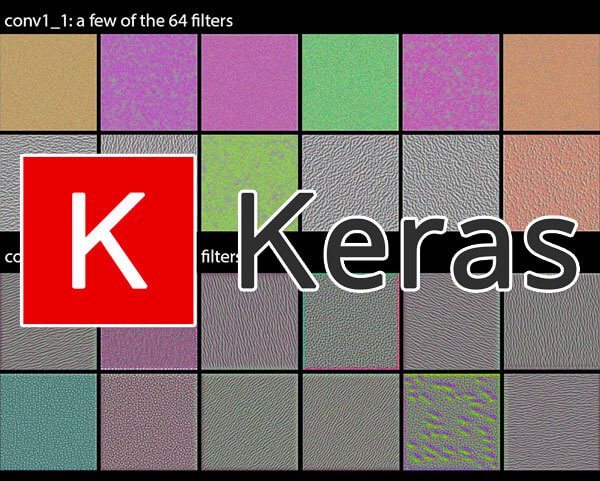- Advanced Modeling
Document worth reading: “A Survey: Non-Orthogonal Multiple Access with Compressed Sensing Multiuser Detection for mMTC”
One objective of the 5G communication system and beyond is to support massive machine type of communication (mMTC) to propel the fast growth of diverse Internet of Things use cases. The mMTC aims to provide connectivity to tens of billions sensor nodes. The dramatic increase of sensor devices and massive connectivity impose critical challenges for the network to handle the enormous control signaling overhead with limited radio resource. Non-Orthogonal Multiple Access (NOMA) is a new paradigm shift in the design of multiple user detection and multiple access. NOMA with compressive sensing based multiuser detection is one of the promising candidates to address the challenges of mMTC. The survey article aims at providing an overview of the current state-of-art research work in various compressive sensing based techniques that enable NOMA. We present characteristics of different algorithms and compare their pros and cons, thereby provide useful insights for researchers to make further contributions in NOMA using compressive sensing techniques. A Survey: Non-Orthogonal Multiple Access with Compressed Sensing Multiuser Detection for mMTC
2018.
While looking through this year’s projects, picking out my favorites, I couldn’t help but reminisce about the times when the internet used to feel so care-free. It was more relaxed.
Keras Conv2D and Convolutional Layers
Adrian Rosebrock
发表于
Exploring 2018 R-bloggers & R Weekly Posts with Feedly & the ‘seymour’ package
Hello and welcome to this new issue!<!–…
$ content_direction “ltr”, “ltr”, “ltr”, “ltr”, “ltr”, “ltr”, …
$ origin_streamid “feed/https://rweekly.org/atom.xml”, “feed…
$ origin_title “RWeekly.org - Blogs to Learn R from the C…
$ origin_htmlurl “https://rweekly.org/”, “https://rweekly.o…
$ visual_processor “feedly-nikon-v3.1”, “feedly-nikon-v3.1”, …
$ visual_url “https://github.com/rweekly/image/raw/mast…
$ visual_width 372, 672, 1000, 1000, 1000, 1001, 1000, 10…
$ visual_height 479, 480, 480, 556, 714, 624, 237, 381, 36…
$ visual_contenttype “image/png”, “image/png”, “image/gif”, “im…
$ webfeeds_icon “https://storage.googleapis.com/test-site-…
$ decorations_dropbox NA, NA, NA, NA, NA, NA, NA, NA, NA, NA, NA…
Center for Ultrasound Research and Translation, Massachusetts General Hospital: Post-Doctoral Scholar / Research Scientist [Boston, MA]
At: Center for Ultrasound Research and Translation, Massachusetts General Hospital Location: Boston, MAWeb: curt.mgh.harvard.eduPosition: Post-Doctoral Scholar / Research Scientist
Location: Boston, MAWeb: curt.mgh.harvard.eduPosition: Post-Doctoral Scholar / Research Scientist
Papers with Code: A Fantastic GitHub Resource for Machine Learning
Import AI 127: Why language AI advancements may make Google more competitive; COCO image captioning systems don’t live up to the hype, and Amazon sees 3X growth in voice shopping via Alexa
Import AI 127: Why language AI advancements may make Google more competitive; COCO image captioning systems don’t live up to the hype, and Amazon sees 3X growth in voice shopping via Alexa
Good Feature Building Techniques and Tricks for Kaggle
Often times it happens that we fall short of creativity. And creativity is one of the basic ingredients of what we do. Creating features needs creativity. So here is the list of ideas I gather in day to day life, where people have used creativity to get great results on Kaggle leaderboards.
R or Python? Why not both? Using Anaconda Python within R with {reticulate}
This short blog post illustrates how easy it is to use R and Python in the same R Notebook thanks to the{reticulate} package. For this to work, you might need to upgrade RStudio to the current preview version.Let’s start by importing {reticulate}:

